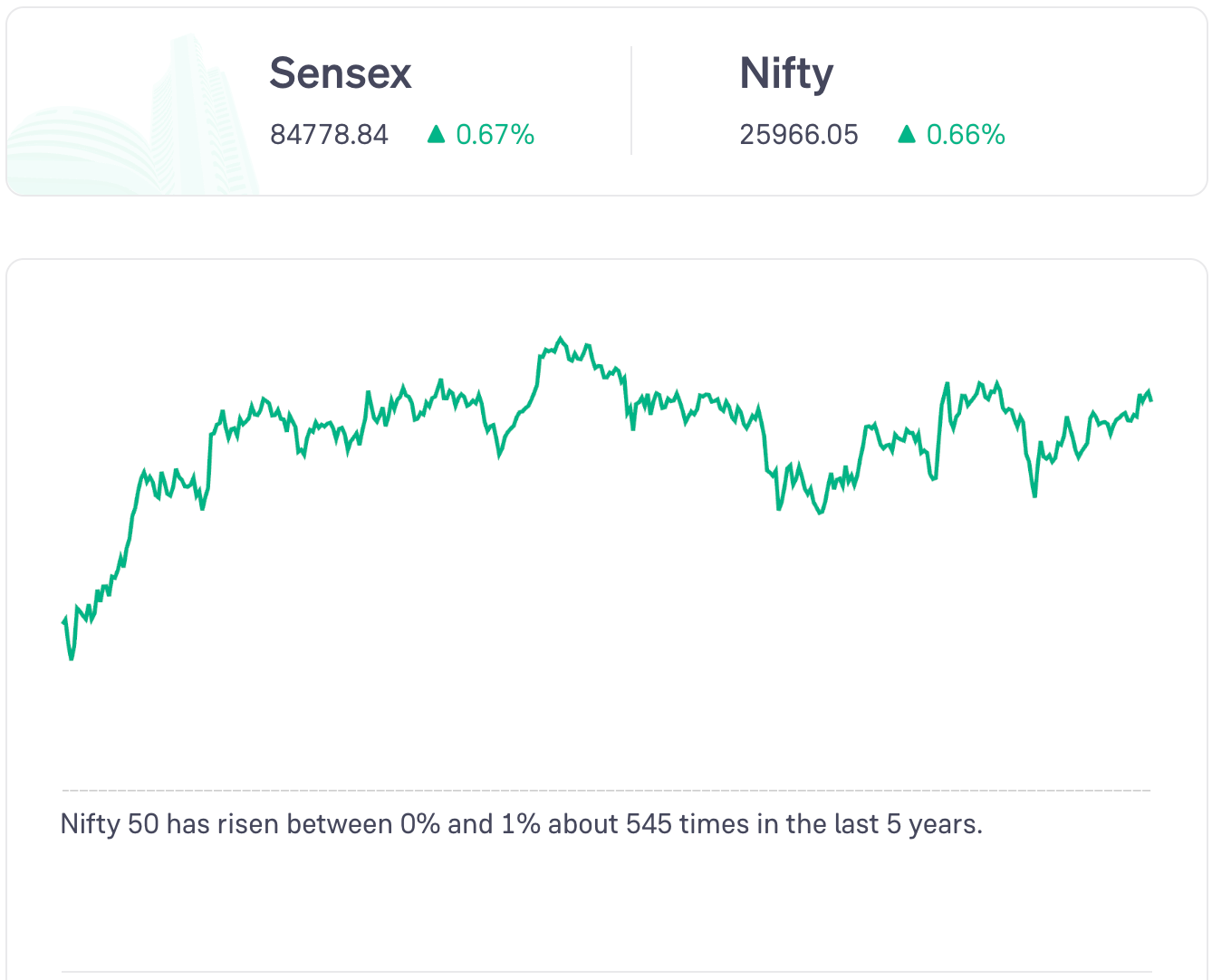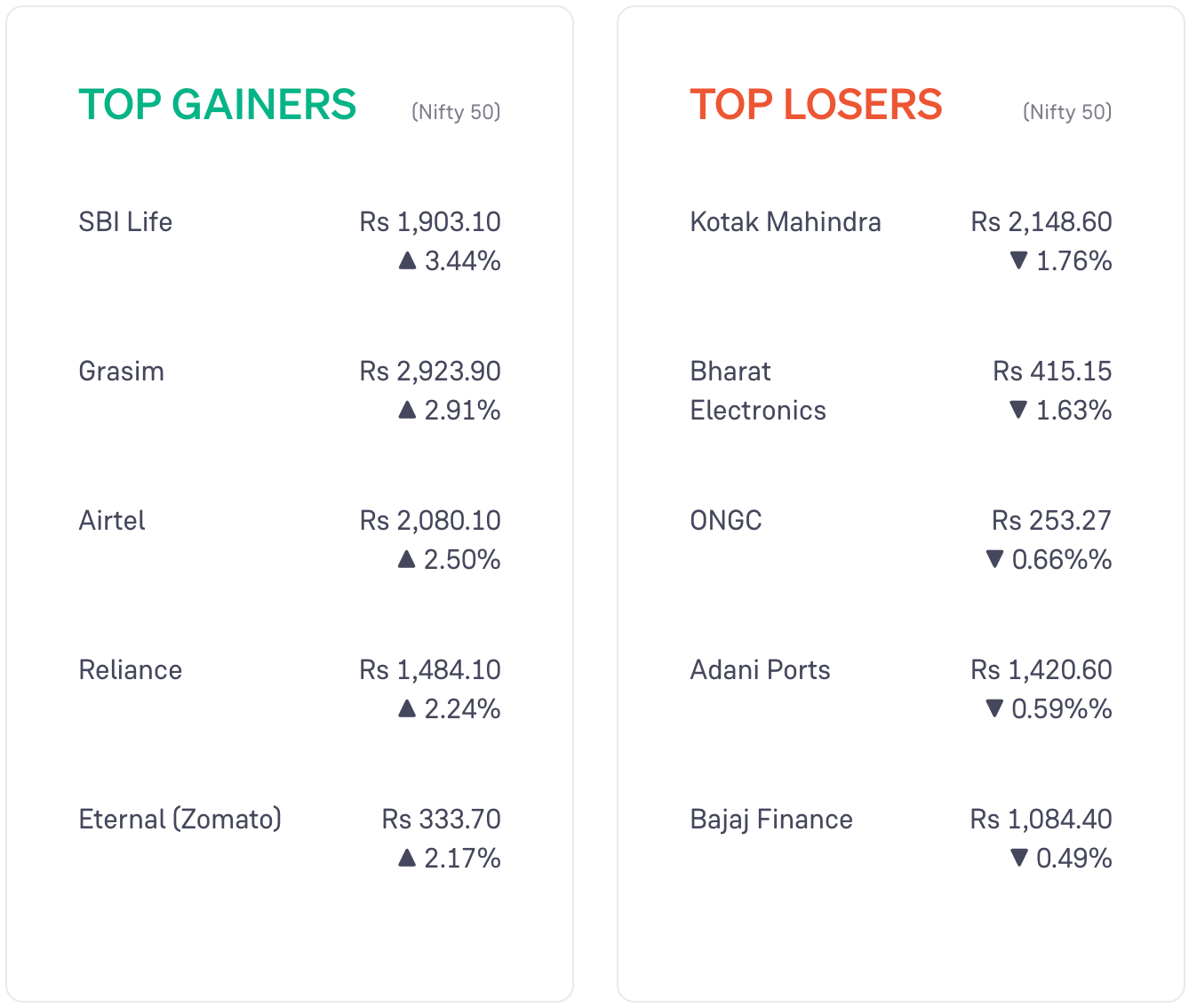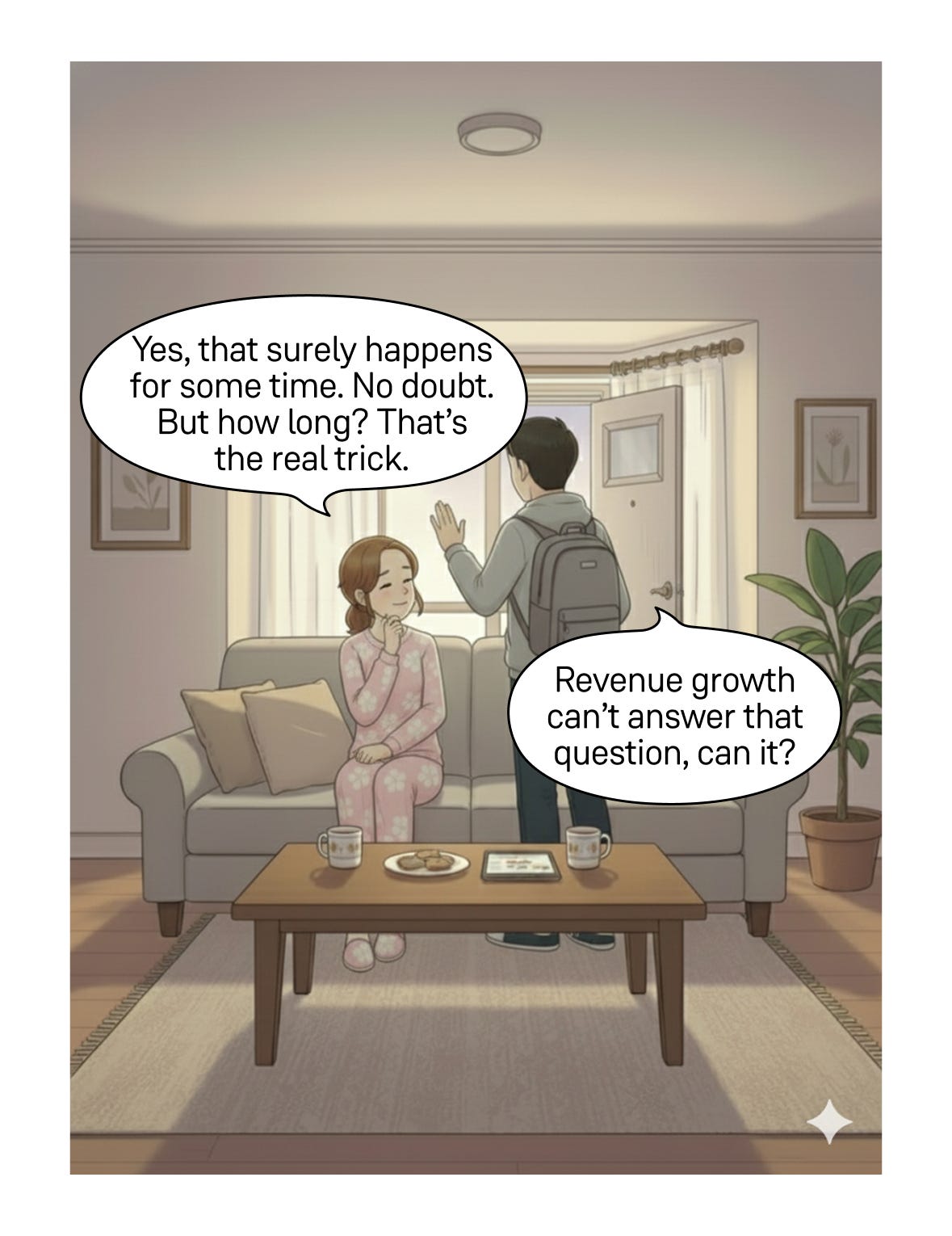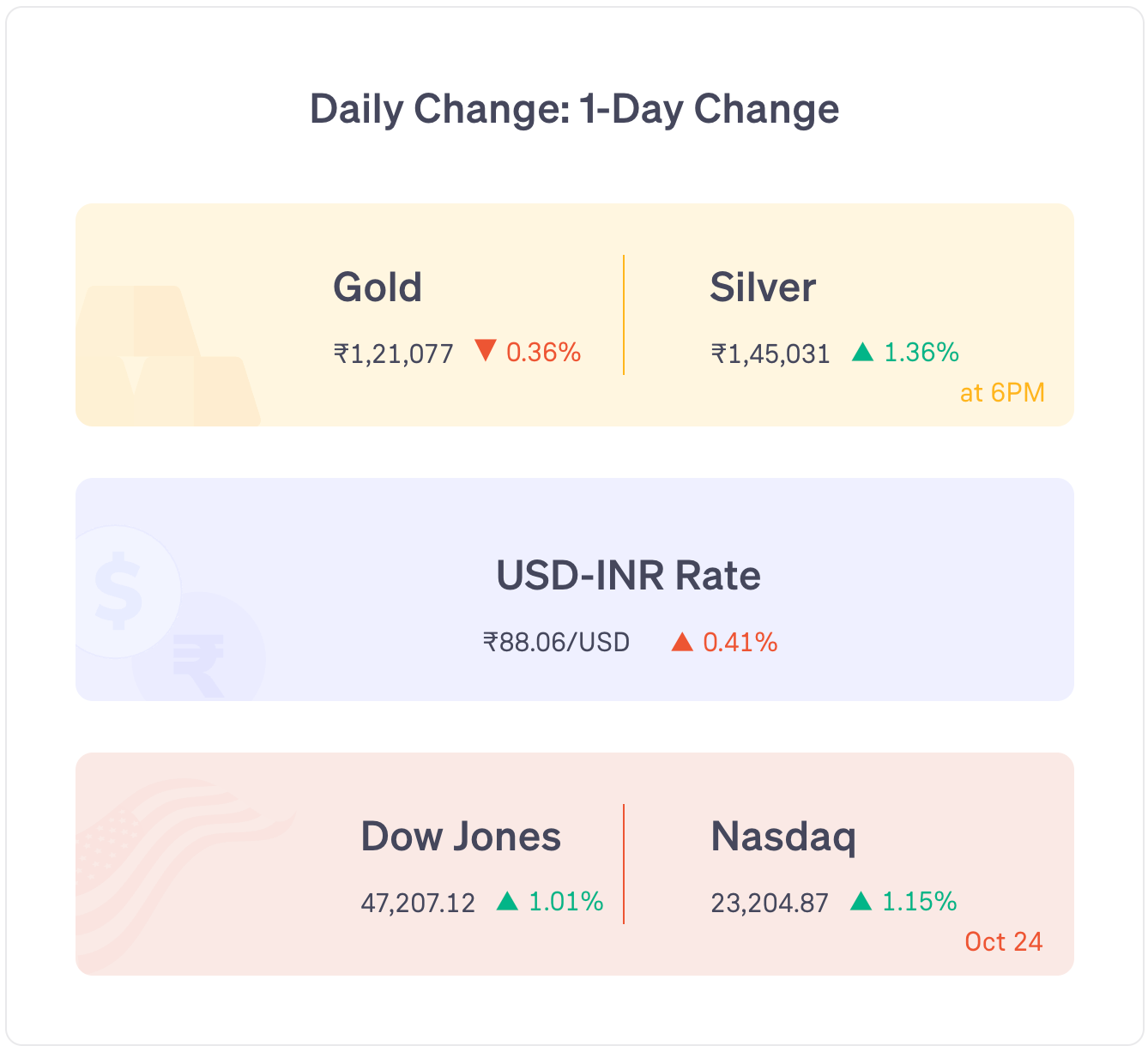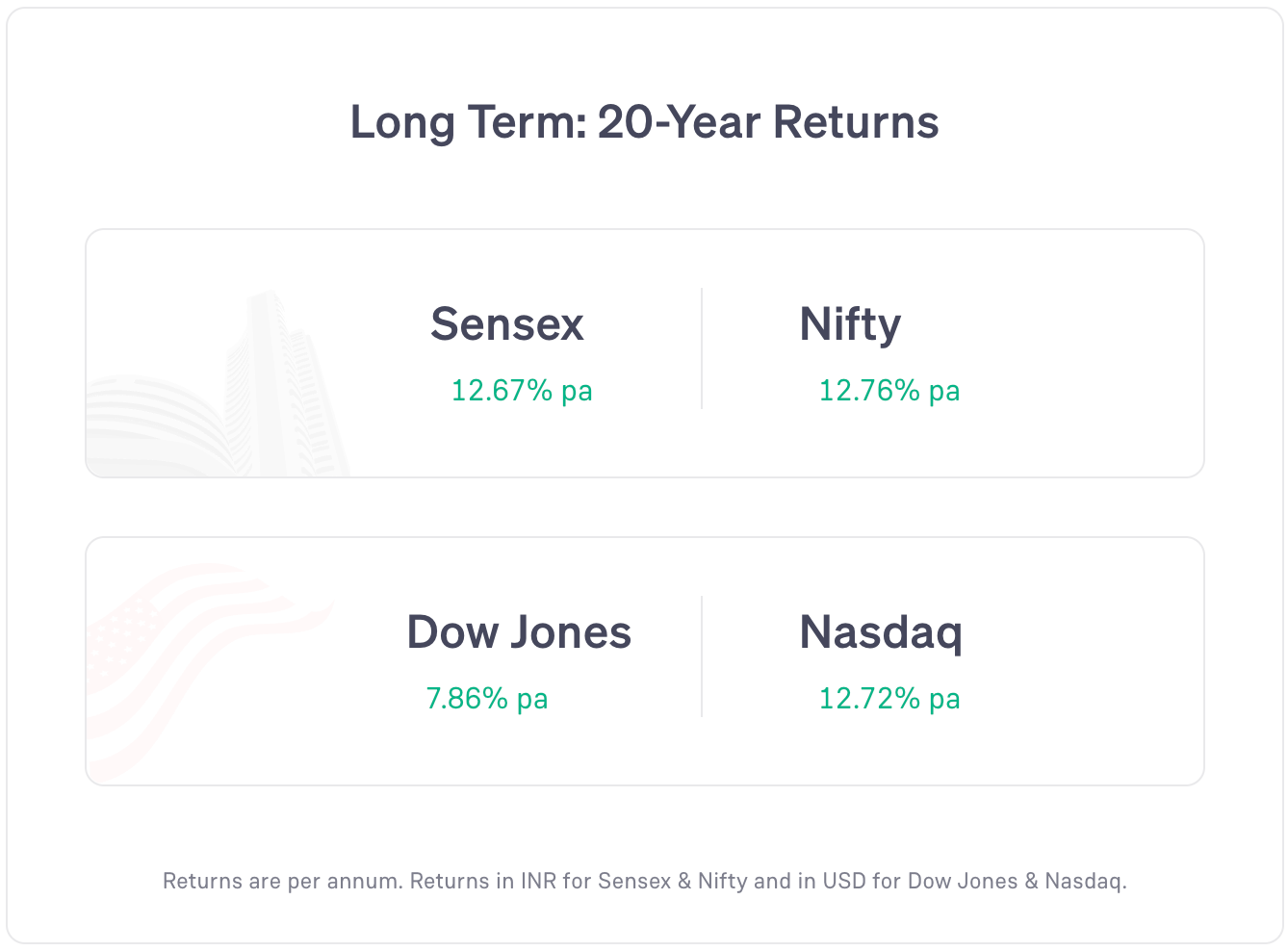Indian Oil Rs 7,818 cr net profit, SC allows centre to reconsider Vodafone-Idea AGR dues, & more - Groww Digest
Monday, 27 October 2025
Markets opened above Friday’s closing point.
Nifty 50 rose in the first half of the day, stayed in range after that.
All sectors’ stocks rose today except for the media stocks and pharma stocks. PSU bank stocks and oil and gas stocks rose the most.
Global markets: US and Asian markets rose. Most European markets rose (as of 6 pm IST).
News
The government has approved the first 7 companies under the ECMS (Electronics Component Manufacturing Scheme), bringing a combined investment of Rs 5,532 crore in the semiconductor and electronics manufacturing industry.
The IPO plans of Sterlite Electric, a Vedanta group company, have been put on hold by SEBI.
Stocks Updates
Indian Oil: net profit rose to Rs 7,817.55 crore in the July-Sept quarter, from a loss of Rs. 448.78 crore last year.
Adani Energy Solutions: Net profit fell 28% year-on-year to Rs 557.10 crore in the July-Sept quarter.
SRF: Net profits rose 93% year-on-year to Rs 388.18 crore in the July-Sept quarter.
Vodafone-Idea (Vi): The Supreme Court has asked the government to work out a resolution plan for the AGR liabilities of the company.
Word of the Day
IDCW
It is an option in some mutual funds that distribute money to investors from time to time
It stands for Income Distribution Cum Capital Withdrawal.
IDCW was earlier called the dividend option.
It is an option that gives investors regular payouts and also lets them withdraw part of their investment.
This distribution of money depends on the fund’s performance. It is not always guaranteed. If the fund does well, you get a dividend, and if the fund does not do well, the investor might not get a payout.
Net Asset Value (NAV) of the mutual fund reduces after each distribution because the amount is deducted from the fund’s assets.
6 Day Course
Theme: red flags while choosing stocks
Day 1: Monday
While picking stocks, many investors have a list of traits that are red flags — deal breakers.
In this week’s course, we will look at some of these red flags.
Do remember, not everyone will agree with these. One investor’s red flag might be another investor’s opportunity.
High debt levels: if a company has taken large loans that it might struggle to pay back, the stock is considered risky. Debt-to-equity ratio is one of the tools used to measure this.
Increasing debt: if a company’s debt is increasing year after year while its earnings are not, an investor should become cautious.
Along similar lines, if the promoter has pledged a large number of shares (to borrow money), it can also signal high-risk.
We explored the question “What if you only invested in companies with high revenue growth?”
Check out the full report here
Did you like this edition?
Leave a feedback here!


